Encouraging conversations about climate change
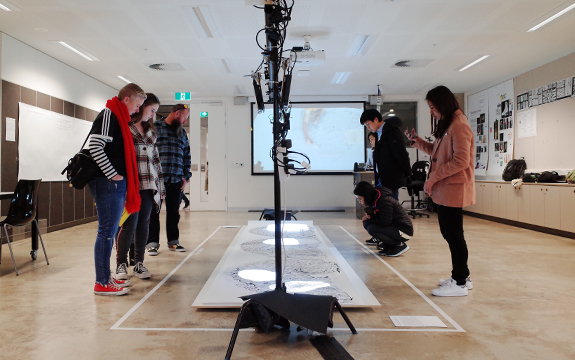
In Summary
- Drawings show effect of climate change on forests
- Pailin Tarnwornwijit’s work sends messages from nature
- Illustrations and augmented reality tell climate impact story
Freelance illustrator Pailin Tarnwornwijit (Tarn) and the Swinburne School of Design have a unique bond. At a Swinburne Faculty of Health, Arts and Design PhD conference in Melbourne, she met Swinburne’s Chair of Communication Design, Associate Professor Nicole Wragg. Shortly after the conference, she became a visiting scholar at the School of Design.
Tarn was a PhD student at Silpakorn Arts University in Thailand and the recipient of the prestigious The Royal Golden Jubilee PhD Program Scholarship. She became a visiting scholar at the Swinburne School of Design in 2019 and completed some of her studies at Swinburne’s Melbourne campus.
Her work incorporates large hand drawn illustrations supported by augmented reality. Her drawings and installations encourage conversations about the impact of climate change on native forests and forest ecologies. During the process of making her work at Swinburne, visitors engaged and talked to her about deforestation.
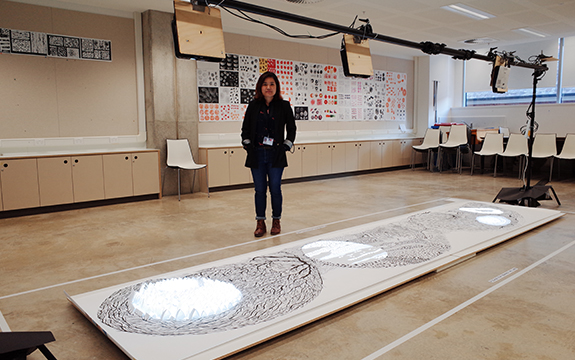
Tarnwornwijit with Leaf installation, image supplied by Pailin Tarnwornwijit
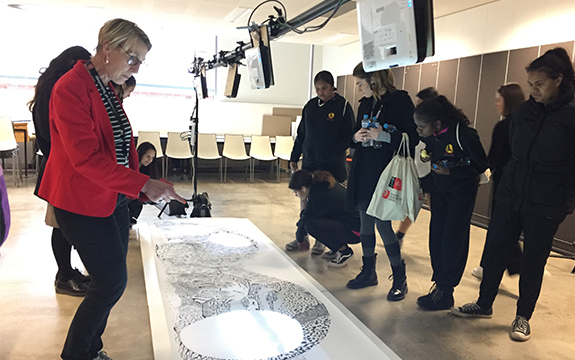
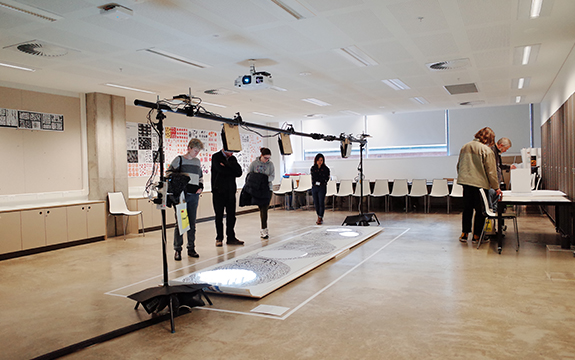
Leaf installation, images supplied by Pailin Tarnwornwijit
As a young girl growing up in rural Thailand, surrounded by trees, fields and waterways, Tarn developed a love of nature. She often visited the Khao Nam Khang National Park near her home.
“When I started my PhD research I returned to the park to study the natural elements. Leaves were the first thing that interested me, because I could collect them and analyse their visual elements and structure. I had a hypothesis that leaf veins connect with the landscape and could provide a mapping system. That was the starting point of my PhD research,” explains Tarn.
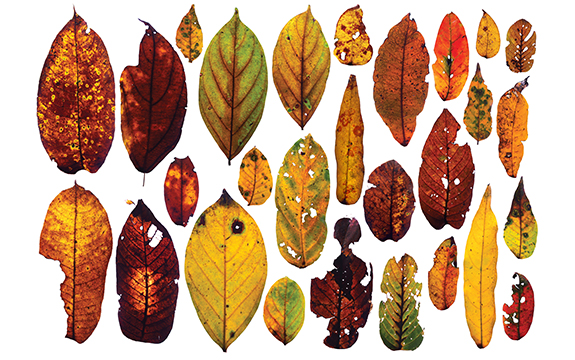
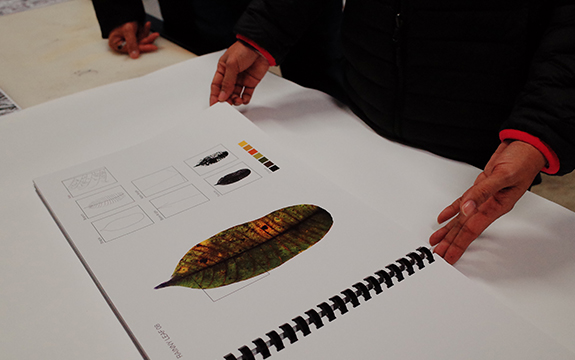
Leaf collection by Pailin Tarnwornwijit
“I researched Fibonacci sequence theories to understand patterns in nature - in sunflowers, shells, trees, flower petals and leaves. I also researched the L-system or Lindenmayer system, that is used to simulate biological forms and fractal patterns seen in tree growth and tree branch development. I experimented with both theories to design my artwork to convey messages from nature,” she says.
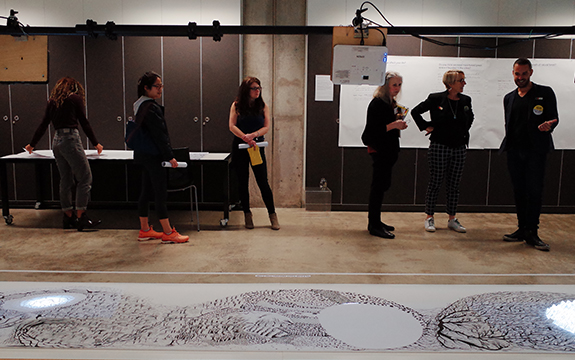
Leaf installation at Swinburne, image supplied by Pailin Tarnwornwijit
Tarn has a deep interest in climate science. She practises her art and design while researching natural science to improve and integrate her knowledge.
Leaf exploration by Tarn&Mc from Tarn Pailin on Vimeo.
“Art and design is not just about a creative outcome. It’s about helping the world we live in. I now combine augmented reality with traditional hand drawing to help convey messages from my work about forests, deforestation and climate change,” says Tarn.
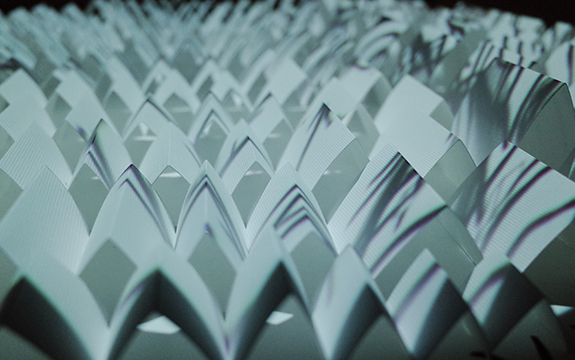
Leaf installation - augmented reality detail, image supplied by Pailin Tarnwornwijit
Tarn’s research-based work, titled Leaf, was exhibited in Melbourne and Bangkok last year. She plans to exhibit Leaf at other sites in Thailand and internationally.
She is a lecturer in art and design at the Prince of Songla University and maintains a strong connection with the Swinburne School of Design.

